

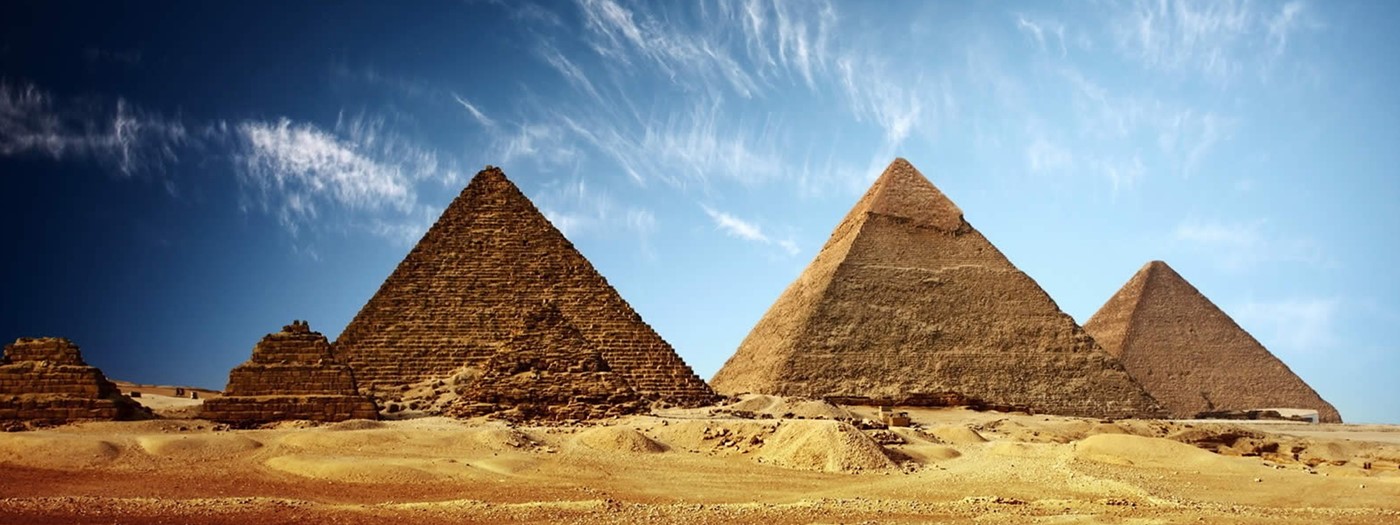
Egypt Railways Museum

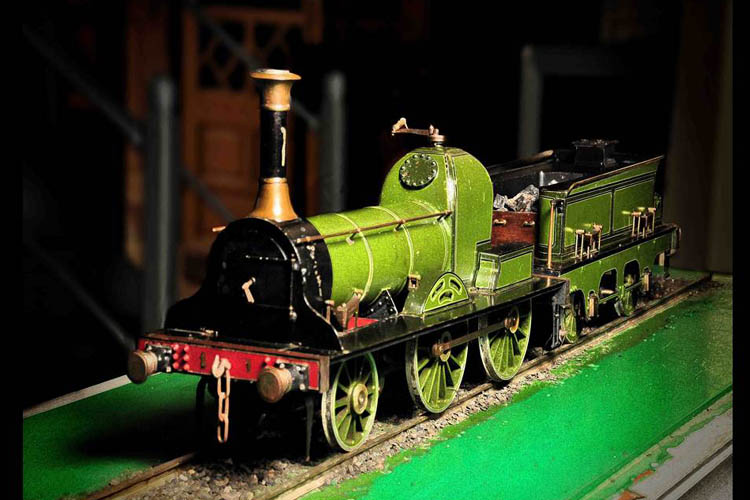





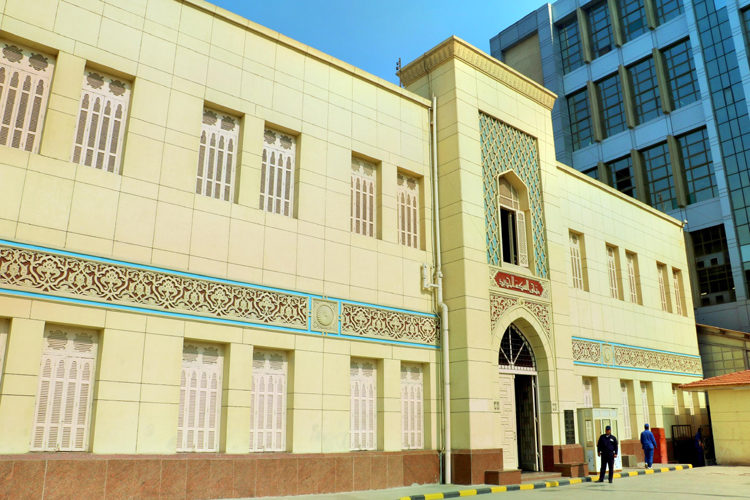
Overview
Fans will be in heaven. In this museum, an exceptional collection of 700 scale models of fascinatingly precise locomotives, some of which circulate on models of stations and landscapes. They stand side by side with authentic "iron horses", like the first locomotive to run in Egypt in 1854
Itinerary
-
1
1833–1877
Robert Stephenson (1803–59) was the engineer of the first Egyptian railway. In 1833, Muhammad Ali Pasha planned to build a railway between Suez and Cairo to improve transit between Europe and India. Muhammad Ali had purchased the rail when the project was abandoned due to pressure from the French who had an interest in building a canal instead. Mohamed Ali died in 1848, and in 1851 his successor Abbas I hired Robert Stephenson to build Egypt's first standard gauge railway. The first section, between Alexandria on the Mediterranean coast and Kafr el-Zayyat on the Rosetta branch of the Nile was opened in 1854. It was the first railway in the Ottoman Empire as well as in Africa and the Middle East. Orient. In the same year, Abbas died and was succeeded by Sa'id Pasha, under whose reign the section between Kafr el-Zayyat and Cairo was completed in 1856, followed by an extension from Cairo to Suez in 1858. This ended the first modern transport link between the Mediterranean and the Indian Ocean, as Ferdinand de Lesseps did not complete the Suez Canal until 1869. At Kafr el-Zayyat, the line between Cairo and Alexandria originally crossed the Nile with an 80ft (24m) car float. However, on May 15, 1858, a special train carrying Sa'id's alleged heir, Ahmad Rifaat Pasha, fell from the float into the river and the prince was drowned. Stephenson therefore replaced the car's float with a swing bridge nearly 500 meters long. By the end of Sa'id's reign, the branches had been completed from Banha to Zagazig on the Damietta branch of the Nile in 1860, to Mit Bera in 1861, and from Tanta to Talkha further on the Damietta Nile in 1863. Sa'id's successor, Isma'il Pasha, strived to modernize Egypt and gave new impetus to railway development. In 1865 a new branch reached Desouk on the Nile Rosetta and a second route between Cairo and Talkha was opened, giving a more direct link between Cairo and Zagazig. The following year, a branch south of Tanta reached Shibin El Kom. The network began to push south along the west side of the Nile with the opening of the line between Imbaba near Cairo and Minya in 1867. A short slip road at Faiyum was added in 1868. A line between Zagazig and Suez via Nifisha was completed in the same year. The following year, the line to Talkha was extended to Damietta on the Mediterranean coast and a branch was opened in Salhiya and Sama'ana. Imbaba did not have a railway bridge over the Nile to Cairo until 1891. However, a long line between this place and a junction west of Kafr el-Zayyat was opened in 1872, connecting Imbaba to the network national. From Minya, the line to the south progressed more slowly, reaching Mallawi in 1870 and Assiut in 1874. On the west bank to Najee Hammady from where it leaves on the east bank of the Nile to Aswan. A shorter southward line connected Cairo to Tura in 1872 and was extended to Helwan in 1875. In the Nile Delta the same year a short branch reached Kafr el-Sheikh and in 1876 a line along the Mediterranean coast connecting the termini to Alexandra and Rosetta was finished
-
2
1877–1888
By 1877 Egypt had a network of key main lines and the Nile Delta had a whole network, but with this and other development investments Isma'il had the country deeply in debt. During its first 25 years of operation, the Egyptian National Railway had never even produced an annual report. A Board of Directors made up of Egyptian, British and French members was appointed in 1877 to bring order to the railway business. They published its first annual report in 1879, and in the same year the British government had Isma'il Pasha, the exile, removed from office and replaced by his son Tewfik Pasha. . In 1882, the British essentially invaded and occupied Egypt. With these developments, the railway network of the Egyptian Railways Administration stagnated until 1888, but it also put its management in much better order. In 1883, the ERA appointed Frederick Harvey Trevithick, nephew of Francis Trevithick, as chief mechanical engineer. Trevithick found a heterogeneous fleet of up to 246 steam locomotives of many different models from very different manufacturers in England, Scotland, France and the United States. This lack of standardization of locomotives or components made it difficult to maintain both locomotives and general railroad operations. From 1877 to 1888 ERA struggled to keep up with even basic maintenance, but in 1887 Trevithick managed to start a renewal program of 85 of the very mixed fleet of locomotives with new boilers, cylinders and movement. He began to replace the others with four types of standard locomotives introduced from 1889: a class of 0-6-0 for freight, a class of 2-4-0 for mixed traffic, a tank locomotive 0- 6-0T for shunting and a class of only ten 2-2-2 locomotives for express passenger trains. Trevithick made sure that these four classes shared as many common components as possible, which simplified maintenance and further reduced costs Egyptian National Railways
-
3
1888–1914
By 1888 ERA was in better shape and was able to resume expansion of its network. In 1890, a second line between Cairo and Tura opened. On May 15, 1892, the Imbaba Bridge was built over the Nile, connecting Cairo to the south line following the west bank of the river. The civil engineer of the bridge was Gustave Eiffel. (It was reformed and renewed in 1924, which is still the only railway bridge over the Nile in Cairo.) Cairo's main Misr station was rebuilt in 1892. The southern line was extended upstream from Assiut to reach Girga in 1892, Nag Hammadi in 1896, Qena in 1897, and Luxor and Aswan in 1898. With the completion of the railway, construction began the same year on the first Aswan Dam and the main Assiut Dam. elements of a plan initiated in 1890 by the government to modernize and more fully develop the existing irrigated areas of Egypt. agriculture, export potential and ability to repay debts to European creditors. Map of "Egypt and how to see it". In the north in 1891, a link line was opened between Damanhur and Desouk. The line to Shibin El Kom was extended south to Minuf the same year and reached Ashum in 1896. At that time, a line across the Nile Delta from a junction north of Talkha on the line at Damietta had reached Biyala. In 1898, it reached Kafr el-Sheikh, completing a more direct route between Damietta and Alexandria. A major extension along the west bank of the Suez Canal linking Nifisha to Ismailia, Al Qantarah West and Port Said was completed in 1904. Subsequently, network expansion was slower but two short connection lines to the north of Cairo were completed in 1911, followed by a link between Zagazig and Zifta in 1914. Egyptian National Railways
-
4
Sinai
The first El Ferdan railway bridge over the Suez Canal was completed in April 1918 for the Palestinian Military Railroad. It was considered an obstacle to navigation, so after WWI it was removed. During World War II, a steel swing bridge was built in 1942, but it was damaged by a steamboat and removed in 1947. A double swing bridge was completed in 1954 but the Israeli invasion of Sinai in 1956 halted rail traffic through the canal for the third time. . A replacement bridge was completed in 1963, but destroyed during the Six Day War in 1967. A new double swing bridge was completed in 2001 and is the largest swing bridge in the world. However, the construction of the new Suez Canal has since disconnected the Sinai from the rest of the Egyptian rail network again. Instead of the bridge, two rail tunnels are planned under the canal, one near Ismailia and one in Port Said. Historically, the main line of the Palestinian railways connected Al Qantarah East with Palestine and Lebanon. It was built in three phases during WWI and WWII. Started in 1916, it was extended to Rafah on the border with Palestine as part of the Egyptian Sinai Expeditionary Force and the Palestine campaign against the Ottoman Empire. The route was extended to Haifa in Mandate Palestine after World War I, Tripoli, Lebanon in 1942 and became a vital part of the wartime supply route for Egypt. As a result of the Palestine War of 1947-1949, the main line of the Palestinian railways was cut off at the 1949 armistice line. The 1956 Israeli invasion severed Sinai's rail link with the rest of Egypt and reconnected its rail link with Israel. Israel captured one 4211 class 0-6-0 diesel shunting locomotive and five 545 class 2-6-0 steam locomotives. Israel also captured rolling stock, including a six-wheeled coach dating from 1893 and a 30-ton steam crane built in 1950, which the Israeli Railways later took back into its recovery fleet. Before being forced to withdraw from Sinai in March 1957, Israel systematically destroyed infrastructure, including the railroad. In 1963, the Sinai Railway was reconnected to the rest of Egypt but remained disconnected from Israel. In the Six Day War of 1967, Israel captured more Egyptian railway material, including one EMD G8, four EMD G12s, and three EMD G16 diesel locomotives, all of which were appropriated from Israeli Railways stockpile. After 1967, Israel again destroyed the railroad through occupied Sinai and this time used the materials in the construction of the Bar Lev line of fortifications along the Suez Canal. After many years of service on the Israeli railways, the 30 ton crane, Belgian 1893 6-wheel coach and one of the EMD G16 diesel engines are all kept in the Israel Railway Museum in Haifa.
Price Per Person
| 1 Person(s) | Up to 1 Person(s) | € 100 |
| 2 Person(s) | Up to 3 Person(s) | € 70 |
| 4 Person(s) | Up to 6 Person(s) | € 40 |
The Price Includes
- Cairo center hotels Pick-up and Drop-off
- The Transportation by A/C vehicle
- Local Historical Guide
- A small bottle of Water (0.5 L) on board of the vehicle
- All Taxes and services charge
The Price does not Include
- Extras and Personal Expenses
- Museum entry fees
- Beverages
- Tipping
Children Policy
- Child between 0 and 1.99 years old free of charge
- Child between 2 and 5.99 years old pay 50% of adult rate
- Child between 6 and 11.99 years old pay 75% of adult rate
- Child 12+ years old is considered as adult person and pay same rate
You may also like
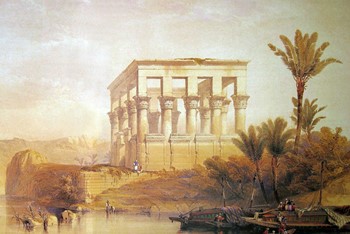
Obelisk | High Dam | Philae
Half-Daytour
See and discover the High Dam, the unfinished Obelisk and how old Egyptians could shape these huge stones to make long decorated colons called Obelisk and the temple of Philae
From € 70 / person Read More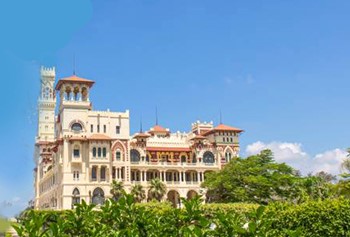
Library | Old Port | Citadel | Catacomb
Full-Daytour
The city which has great history, built by Alexander the Great at 331 BC, where Archimedes passed few years (around 12 years) for great learning and developing
From € 85 / person Read More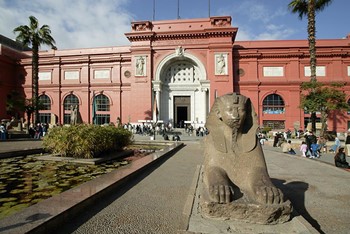
The Egyptian Museum
SIC
The Egyptian Museum is one of the world's most important museums of ancient history . Travellers will be able to see the amazing treasure of the old Egyptians and the Ancient world
From € 40 / person Read More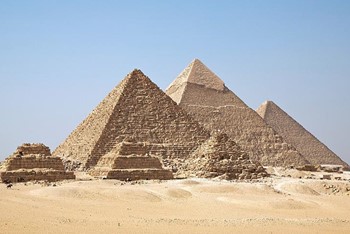
Cairo | Egyptian Museum & Giza Pyramids
Full-Daytour
Cairo | It is a vibrant City, exhilarating, exotic, fascinating and welcoming city. Home to the best Pharaonic, Coptic and Islamic sights in Egypt
From € 80 / person Read More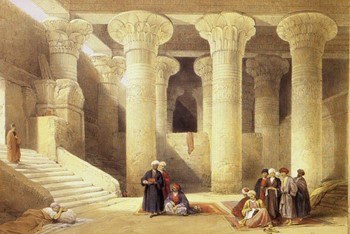
Luxor East Bank | West Bank
Full-Daytour
Discover Luxor’s East Bank and West Bank in the Citytour, Immerse yourself in Luxor's ancient history at the Valley of the Kings, Temple of Hatshepsut (Deir el-Bahari), Colossi of Memnon, Temple of Karnak, and Luxor Temple
From € 65 / person Read More